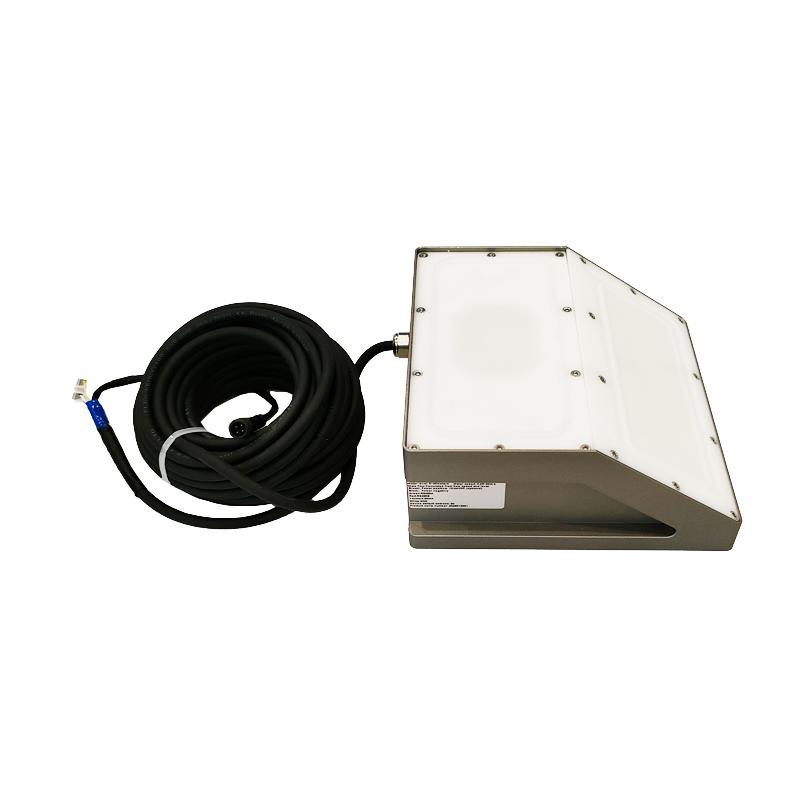Location: Trujillo, Peru
In the heart of Peru, where the Andes Mountains meet the Pacific coast, lies the fertile Trujillo valley, often referred to as the breadbasket of the nation. This region thrives on agriculture, with sprawling fields of rice, sugarcane, and avocados painting a vibrant tapestry across the landscape. However, managing water resources in this diverse agricultural mosaic has always been a challenge, influenced by the shifting climate, erratic rainfall, and increasing demands for irrigation. Enter the Hydrographic Radar 3-in-1 Flowmeter, a groundbreaking technology that would soon transform the fate of farmers in Trujillo.
The Quest for Efficiency
Renowned for his perseverance, Don Miguel Huerta had been farming his family’s land for over three decades. Though his techniques had improved, he struggled to manage the precious water resources—necessary for crops but often wasted through inefficient irrigation practices. Each year brought uncertainty about how much water would flow from the rivers, and with varying levels of rainfall, it became harder to predict how much to use.
“Water is life for us,” Don Miguel often told his fellow farmers. “But without proper management, it can also be a curse.”
That’s when the local agricultural cooperative introduced the new Hydrographic Radar 3-in-1 Flowmeter. At first, Don Miguel was skeptical. How could a sensor make such a big difference?
A New Era Begins
The Hydrographic Radar 3-in-1 Flowmeter is designed to provide real-time data on water flow, temperature, and level. It measures the velocity of water as it travels through canals and aqueducts, allowing for precise calculations of how much water is being delivered to crops, making it a vital tool for farmers relying on irrigation.
Equipped with GPS technology and a user-friendly interface, the flowmeter allows farmers to access data on their smartphones. After a training session provided by the cooperative, Don Miguel decided to give it a try, hopeful that this new technology might alleviate some of his frustrations.
Transforming Practices
With the flowmeter installed near his irrigation canal, Don Miguel began to monitor the flow rates daily. Each morning, he observed the readings and adjusted the irrigation schedules for each section of his farm based on actual water availability. Rather than using a one-size-fits-all approach, he could tailor his irrigation to meet the exact needs of each crop.
The results were astonishing. After just a few weeks, Don Miguel noticed a stark improvement in crop health. His rice plants, known for their sensitivity to water levels, began to flourish. The avocados matured faster, producing larger fruits and higher yields. The environmental impact was equally impressive; he reduced water consumption by nearly 30%, allowing for sustainable practices that protected the local ecosystem and ensured groundwater levels remained stable.
Community Impact
Don Miguel’s success did not go unnoticed. News of his improved yields spread quickly throughout Trujillo, inspiring other farmers to adopt the Hydrographic Radar 3-in-1 Flowmeter. The farming community began implementing this technology across the valley, transforming age-old practices into modern, data-driven agriculture. Together, they could collectively tackle issues such as water scarcity and inefficiency.
The cooperative organized workshops to educate local farmers on how to interpret the data provided by the flowmeters. Armed with knowledge, they learned to optimize their irrigation schedules and even experimented with crop rotation to improve soil health.
Resilience Against Climate Change
However, the true power of the Hydrographic Radar 3-in-1 Flowmeter became evident during the unforgiving El Niño season, which brought unpredictable rainfall patterns and extreme droughts. While many farmers struggled, those who had adopted the flowmeter thrived. The data allowed them to anticipate changes in water availability, adjust irrigation actively, and plan their crop cycles more effectively.
Don Miguel, once unsure of the technology, became an advocate. “When the earth cries for water, we must listen,” he told his neighbors. “These tools allow us to hear what our crops need, helping us cultivate not just food, but hope and stability for our families.”
A Brighter Future
As the years passed, the Hydrographic Radar 3-in-1 Flowmeter continued to revolutionize agriculture in Trujillo. The valley transformed into a model of sustainable farming practices, combining tradition and technology. Crop yields rose significantly, encouraging young people to return to agriculture, knowing that modern methods could support their ambitions.
Don Miguel Huerta became the unofficial ambassador of this change, visiting other regions of Peru to share the success of the flowmeter. “We are not just farmers; we are guardians of our land,” he proudly declared during community gatherings. “With the right tools, we can ensure our future and that of our children.”
Conclusion
In Peru’s Trujillo valley, the Hydrographic Radar 3-in-1 Flowmeter did not merely introduce technology; it ignited a movement. By bridging the gap between traditional farming and modern innovation, it helped create a resilient agricultural community prepared to face the challenges of an ever-changing climate. In the eyes of countless farmers, this technology became more than just a tool; it transformed into a lifeline, supporting not just the growth of crops, but the very fabric of their communities and their hopes for a sustainable future.
For more Water radar flow sensor information,
please contact Honde Technology Co., LTD.
Email: info@hondetech.com
Company website: www.hondetechco.com
Post time: Feb-06-2025


